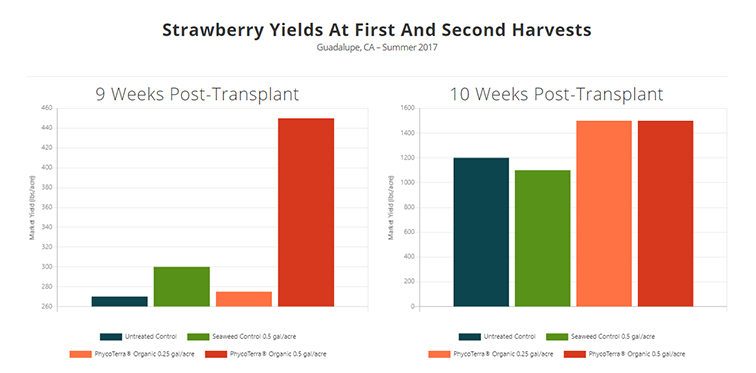Environmental Monitoring Helps With Food Safety Modernization Act
With the arrival of the Food Safety Modernization Act (FSMA), signed into law in 2011, as well as the prevalence of Whole Genome Sequencing (WGS) conducted by the FDA in outbreak traceback, it is clear that the fresh produce industry is in for major changes in its approach to environmental monitoring.
While the following is not all-encompassing, its objective is to provide considerations and supplemental resources to consider in developing an Environmental Monitoring Program (EMP). EMP swab sampling of facilities may prove to be one of the most effective ways in which to meet the requirements of FSMA’s Preventive Controls rule.
What Are the Expectations of FSMA’s Preventive Control Rule?
• Once it has been determined that the presence of an environmental pathogen requires a preventive control, in some cases, environmental monitoring would be required to verify the effectiveness of the control.
• An environmental pathogen is defined as a pathogen capable of surviving and persisting within the manufacturing, processing, packing, or holding environment such that food could be contaminated and could result in foodborne illness if that food is consumed without treatment to significantly minimize or prevent the environmental pathogen.
— e.g. listeria and salmonella
— Environmental monitoring only pertains to microbiological, not chemical risks (such as allergens).
• Implementation of an environmental monitoring program and verification of it must be overseen by a Preventive Control Qualified Individual (PCQI). A PCQI achieves training through an FDA-approved course or through a combination of other training and experience.
• If “sanitation preventive controls” are determined to be appropriate to the facility, monitoring and verification are required components. Examples include:
— Quantitative microbiological swabs for Total Aerobic Plate (ATP) count monitoring to verify the effectiveness of the sanitation procedures, and:
— Environmental monitoring for pathogens (or indicators) when it’s determined that the environmental pathogen is a hazard requiring a preventive control.
• Verification is seen as a routine process to ensure that the food safety plan has been properly implemented and is operating as intended.
Sampling: When, Where, and How Often?
A prominent sanitation expert was recently asked whether he could walk into a facility and know exactly where to find listeria. His reply? “No, in fact, two identical facilities could be side-by-side having utilized the same procedures and protocols and be completely different as to the location where pathogens might be found.”
With this in mind, how do PCQIs determine a sampling plan?
Many resources exist to assist in developing an EMP. From white papers, webinars, and consultants, there are key points to consider when determining how to verify whether a food safety program is effective. However, keep in mind that each operation is different, and it is essential to have detailed knowledge of the specific monitoring situation and the pathogens present.
In the Zone?
Each area in a facility is divided into zones that refer to the location of sampling points based upon their proximity to and impact on product contact surfaces:
• Zone 1 — food contact surfaces — belts, conveyers, hoppers, packing stations, hands, and utensils.
If testing Zone 1 for pathogens (e.g. listeria, salmonella), a facility must have a test and hold procedure in place for finished product until “negative” results are received from the laboratory. If released, a recall would be required. Most Zone 1 testing is done for indicator organisms, not the pathogens themselves. Typically, Zone 1 testing for pathogens occurs when investigating a root cause, opening of a new production line, or when a “positive” is found in adjacent zones or in product. Prior to testing Zone 1 for pathogens, ensure that all protocols are in place for holding product and for implementing corrective actions.
• Zone 2 (Directly Adjacent to Zone 1) Railings, frames, rollers, areas above and below the production line, tools, maintenance tools, control panels, drips, dead spots.
• Zone 3 (Production Room) — Walls, floors, drains, footbaths, forklifts, hoses, phones, finished product storage areas.
• Zone 4 (Outside the Processing Room) — Lockers/break rooms, refrigerators, doors, floors.
Zones 2 to 4 are routinely monitored by many facilities to prevent product contamination. Zone 2 is generally considered to have the greatest potential to spread pathogens to Zone 1.
Having control of pathogen presence in Zones 2 and 3 through carefully monitored sanitation and verification practices can help to mitigate the risk of product contamination. Many laboratories can assist with sampling services and supplies, as well as the development of sampling rotations.
With regards to the frequency of sampling, there are no set rules and standards.










